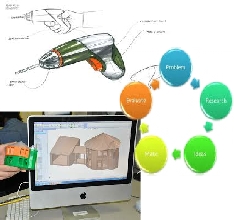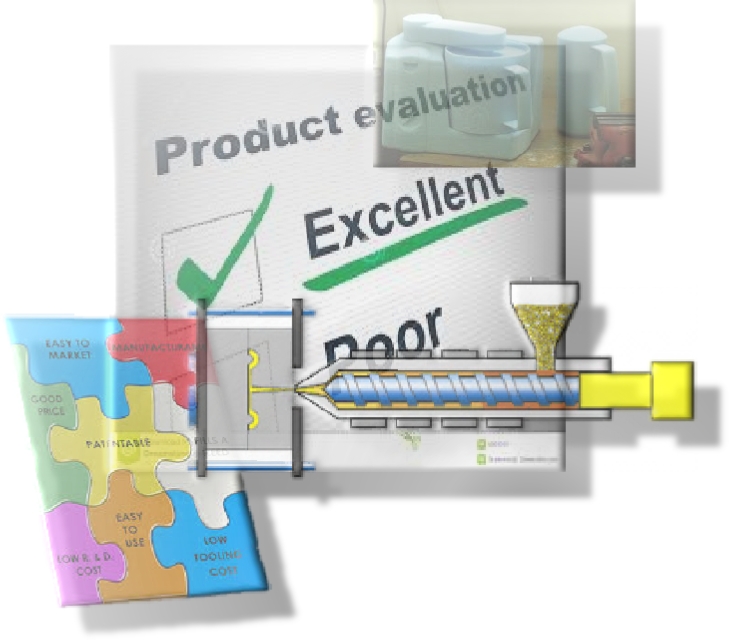Welcome to Design and Manufacture
|
National 4 & 5 course
Everyday we are surrounded by products that have been Designed and Manufactured to fulfil some purpose. Through the evaluation of these products our pupils will develop a knowledge of the factors which influence their Design, why certain materials are selected and how they are manufactured. Issues regarding the environment such as recycling, re-newable resources etc are also discussed
As well as evaluating existing products our students will create their own practical solutions to given design briefs. They can then make simple models, create realistic 3D images on CAD software or produce a fully crafted prototype in the workshop.
The course is taught at National levels 4, 5 and 6. As with other National courses the pupils will develop skills and knowledge through unit work which they must pass to achieve their overall certificate. The units at National 4 and 5 are as follows
|
 |
 |
Design Unit ;
Outcome 1 :Problem Analysis
In this unit the pupils will learn to analyse a Design Brief/Problem, deciding what the key issues and factors are that will require further research.
Outcome 2: Developing a Design Proposal
In this activity, the candidate will show creativity and ingenuity by generating a design proposal to address a given specification.
Materials and Manufacturing Unit
Outcome 1: Plan the manufacture of a prototype
pupils now need to research a range of materials, looking at properties , costs aesthetics etc before deciding which is the most appropriate.
Outcome 2: Manufacture and review a prototype
Our pupils need to prepare and mark out their materials accurately . They can then cut and shape the materials matching their working drawings.
|
|
National 6 (Higher) course
The Higher Design and Manufacture Course differs in purpose and aim from the Courses at National 4 and National 5. The most obvious difference is giving greater priority to the creation of commercially viable products which would utilise mass production processes. Consequently a much broader and deeper knowledge of the many factors involved in the Design Process must be developed.This shift of focus means there can be less time spent spent on crafting quality prototypes. Subsequently it is likely to increase the time spent on making practical models in materials such as plywood, Plasticine or polystyrene in order to inform and refine design proposals.
The aims of the Course are to enable learners to develop:
- Skills in design and in refining design proposals
- Practical skills in the planning and development of models and prototypes
- Skills in evaluation and research
- Knowledge and understanding of manufacturing processes and materials
- An understanding of the impact of design and manufacturing technologies on our environment and society
|
 |
|
Possible Career Opportunities include;
Design and Manufacture
National 4 & 5
Modern Craft Apprenticeships
Construction industry
Manufacturing industry
Design industries
|
Design and Manufacture
Higher & Advanced Higher
Environmental Engineering
Mechanical Design & Engineering
Civil Engineering
Product design & engineering
Interior design
Product Design
|